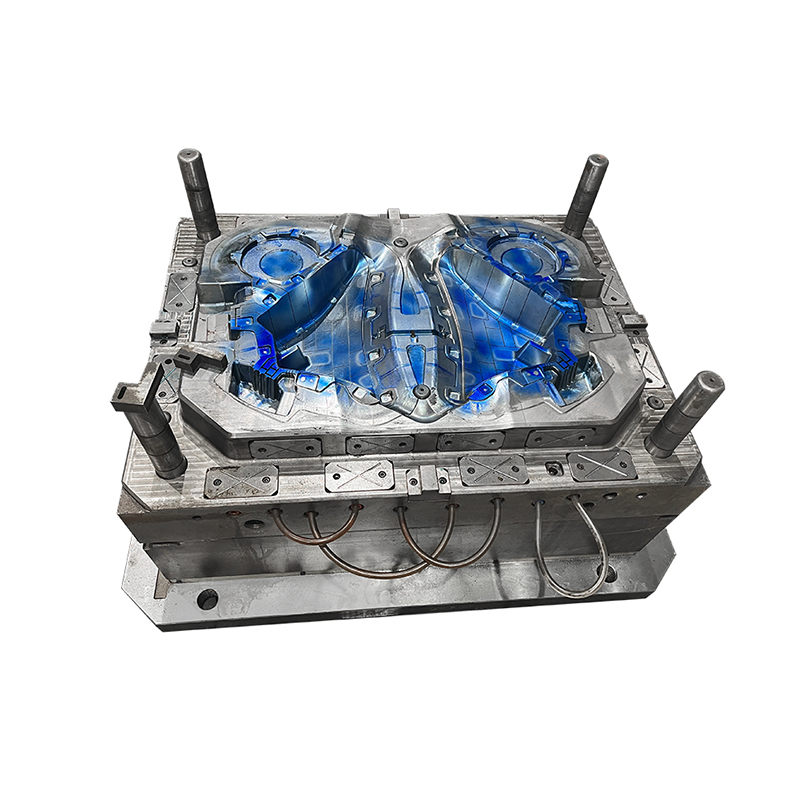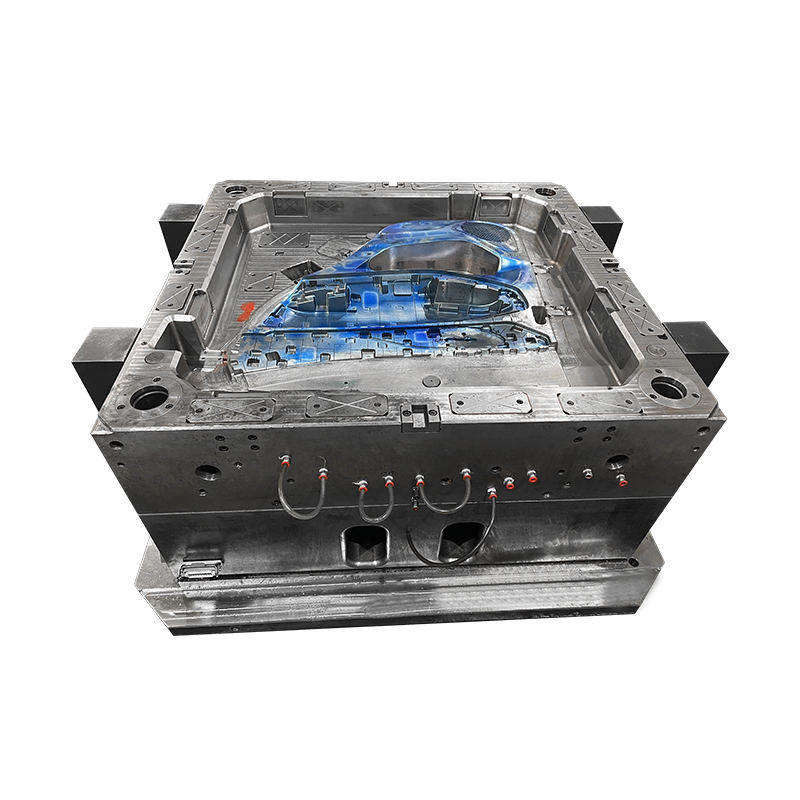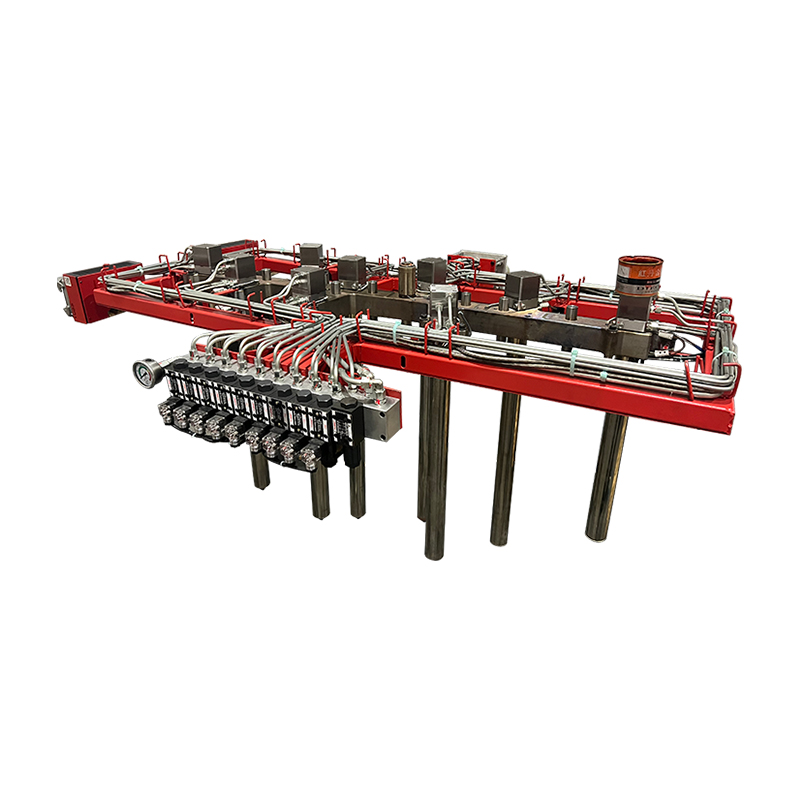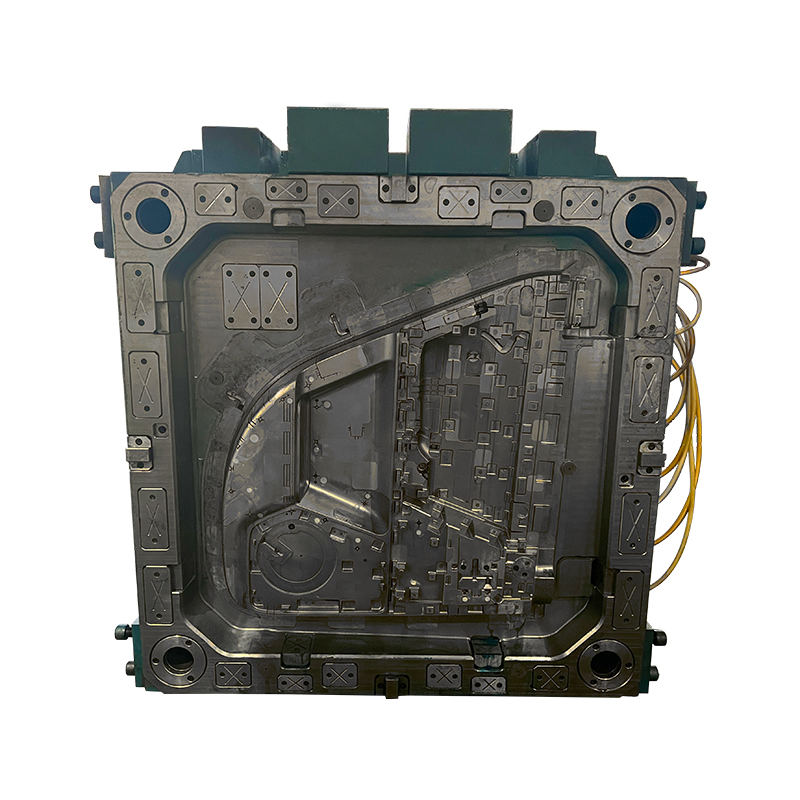The use of SMC fiberglass molds is critical to achieving consistent quality, dimensional accuracy, and production efficiency. The technology level of these molds has improved significantly in recent years, reflecting advancements in design, materials, machining, and process automation.
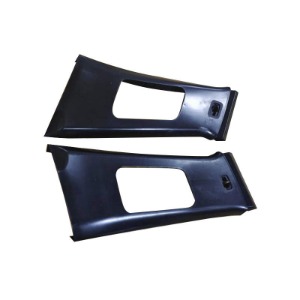
The mold is the core tool in this process, defining the part's surface finish, structural features, and consistency. As such, the technology level of the mold significantly influences overall product quality.
Modern SMC fiberglass molds incorporate several design and manufacturing features that reflect their advanced technology level:
1. High-Precision Machining
SMC molds today are produced using CNC (Computer Numerical Control) machining, EDM (Electrical Discharge Machining), and high-speed milling. These techniques allow for tight tolerances, fine details, and repeatable accuracy.
Consistent Dimensions: Precision ensures parts meet dimensional standards without the need for extensive finishing.
Surface Uniformity: Smooth and defect-free cavity surfaces contribute to the finished product's visual and tactile quality.
CNC machining is especially important when molds need to accommodate complex 3D contours and embedded features, such as ribs or mounting slots.
2. Durable Mold Materials
The core and cavity materials used in fiberglass SMC molds must withstand heat, pressure, and abrasive fiberglass strands.
Hardened Tool Steels (e.g., P20, H13): These are commonly used for their wear resistance, thermal stability, and polishing capability.
Surface Coatings (e.g., chrome plating, nitriding): These coatings reduce wear, improve demolding, and extend the service life of the mold.
Durable materials are necessary for long-run production, where the mold must maintain performance over thousands of cycles.
3. Integrated Heating and Cooling Systems
Effective thermal management is essential for curing SMC materials. Modern SMC molds include built-in heating (electric or oil-based) and cooling channels to maintain consistent mold temperature throughout the molding cycle.
Accurate Temperature Control: Promotes uniform curing and reduces warpage.
Optimized Cycle Time: Faster heating and cooling reduce total molding time, improving productivity.
The placement and design of thermal channels are carefully planned during the mold design phase using simulation software.
4. Venting and Air Release Design
Due to the viscous nature of SMC and the presence of reinforcing fibers, air entrapment can be a problem during molding. Advanced molds feature venting systems and air channels to allow trapped gases to escape.
Improved Surface Finish: Reduces surface blemishes or voids.
Enhanced Structural Integrity: Prevents internal defects and delamination.
These venting systems are especially critical for large parts or components with complex geometries.
Technological Tools Supporting Mold Development
The design and engineering of SMC fiberglass molds are supported by various software and digital tools:
CAD (Computer-Aided Design): Used for precise mold modeling and part geometry planning.
CAE (Computer-Aided Engineering): Simulates molding conditions, such as resin flow, pressure, and temperature distribution.
CAM (Computer-Aided Manufacturing): Interfaces with CNC equipment for accurate tool path generation.
These tools reduce trial-and-error during mold development, saving time and cost while improving end-product reliability.
Automation and Process Control
In high-volume production environments, many SMC molding systems are now integrated with automated presses, robotic handling systems, and digital process controls. Molds are designed to accommodate automation, such as automatic part ejection or in-mold sensors that monitor pressure and temperature.
This level of automation:
Improves repeatability
Reduces human error
Minimizes downtime
Smart molds, equipped with sensors and data logging, are increasingly common, allowing predictive maintenance and quality monitoring.



